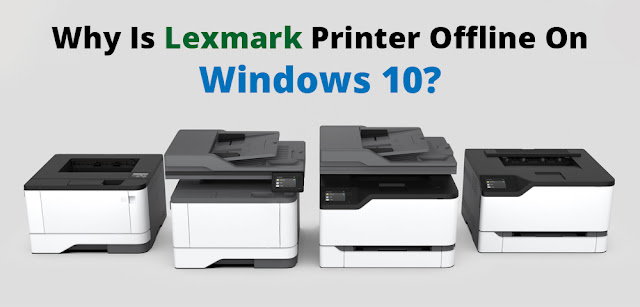

In Windows Vista, click Start -> Control Panel -> System and Maintenance -> Device Manager In Windows 7, click Start -> Control Panel -> Hardware and Sound -> Device Manager In Windows 8, swipe up from the bottom, or right-click anywhere on the desktop and choose "All Apps" -> swipe or scroll right and choose "Control Panel" (under Windows System section) -> Hardware and Sound -> Device Manager In Windows 11, Windows 10 & Windows 8.1, right-click the Start menu and select Device Manager It allows you to see all of the devices recognized by your system, and the drivers associated with them. To install a driver in Windows, you will need to use a built-in utility called Device Manager. For more information, see the documentation that came with your access point.Įnter the eight‑digit PIN, and then save the setting.Once you download your new driver, then you need to install it. If you are using a proxy server, then temporarily disable it to load the Web page correctly.Īccess the WPS settings.The IP address appears as four sets of numbers separated by periods, such as 123.123.123.123.

Open a Web browser, and then type the IP address of your access point in the address field. > Network/Ports > Network > Network Setup > Wireless > Wireless Connection Setup > Wi‑Fi Protected Setup > Start PIN Method Using the Personal Identification Number (PIN) method > Network/Ports > Network > Network Setup > Wireless > Wireless Connection Setup > Wi‑Fi Protected Setup > Start Push Button Methodįollow the instructions on the printer display.

Using the Push Button Configuration method For more information, see the instruction sheet that came with the wireless network adapter. A wireless network adapter installed in your printer is attached and working properly.For more information, see the documentation that came with your access point. The access point (wireless router) is Wi‑Fi Protected Setup (WPS) certified or WPS‑compatible.Connecting the printer to a wireless network using Wi‑Fi Protected Setup


 0 kommentar(er)
0 kommentar(er)
